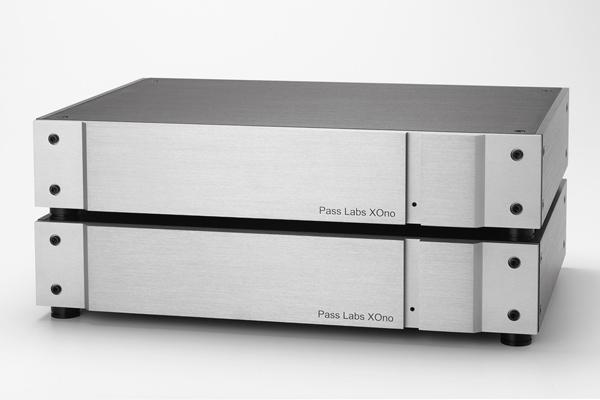This is off-topic from the column but I've always wondered when the term "vinyl" became ubiquitous? I was in high school when the CD became commonplace so I just remember my father using the term "records" but never "vinyl."
I'm guessing you've covered this numerous times but I must have missed it.

























































